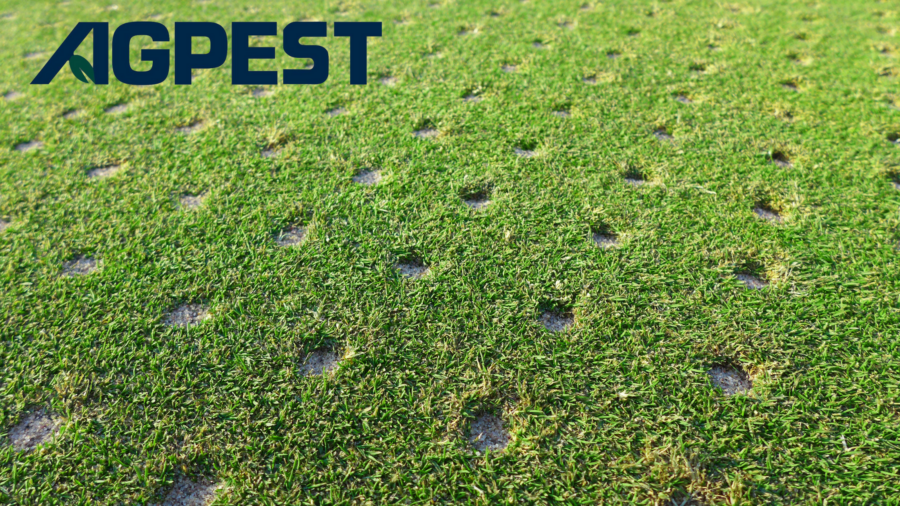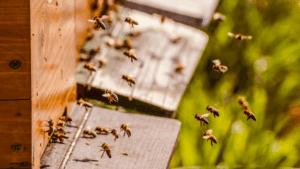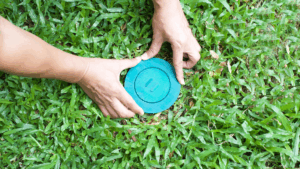As winter approaches in San Diego, homeowners may think that lawn care takes a backseat until spring. However, taking proper care of your lawn during the cooler months is essential to ensuring a healthy, vibrant landscape come spring. By focusing on key winter lawn care tips, you can maintain plant health, reduce pest problems, and enjoy a thriving yard year-round. Here are some winter lawn care tips that will benefit your lawn and make the upcoming growing season easier.
Winter Lawn Care Tips For Your San Diego Home
1. Keep Grass at the Right Height
Winter is a slower growth period for many lawns, but it’s still essential to keep your grass cut at the proper height. In San Diego, cool-season grasses like fescue and ryegrass are common, and these varieties do best when mowed to a height of 2.5 to 3 inches. By keeping the grass at the right height, you help it build strong roots, which will improve its drought resistance and overall health. Avoid cutting your grass too short, as this can lead to stress on the lawn, making it more vulnerable to diseases and pests.
2. Aerate the Lawn
Lawn aeration is a crucial step to ensure your grass receives the nutrients it needs during the winter months. Aerating your lawn involves creating small holes in the soil to allow air, water, and nutrients to penetrate deeper into the root zone. This helps to reduce soil compaction, improve drainage, and promote root growth. Aeration is especially important for lawns that have heavy foot traffic or clay soil, which can become compacted over time. Consider hiring a professional lawn care company for aeration services if you’re unsure about the best time or method.
3. Watering Adjustments for Cooler Weather
Winter rainfall in San Diego can vary, so it’s essential to adjust your watering schedule accordingly. While your lawn may not need as much water in the winter as it does in the summer, it’s still important to ensure the grass receives adequate hydration. Over-watering during the winter months can lead to waterlogged soil and encourage the growth of fungal diseases. On the other hand, under-watering can stress the grass and cause it to turn brown. Check your lawn’s moisture levels regularly, and aim for deep, infrequent waterings rather than shallow, frequent ones.
4. Fertilize Your Lawn
Fertilizing your lawn during the winter months is essential for supporting root health and preparing your grass for the upcoming spring growing season. However, it’s important to use the right type of fertilizer. Slow-release fertilizers with a higher nitrogen content can help promote healthy root growth without overstimulating the grass. Be careful not to over-fertilize, as this can lead to excessive growth that is more prone to disease. If you’re unsure about the right fertilizer for your specific lawn, consider consulting with a lawn care services provider.
5. Watch for Winter Weeds
Winter weeds, like chickweed, annual bluegrass, and dandelions, can quickly become a nuisance in your lawn. Weeds can thrive in the cooler months when your grass growth slows down, so it’s important to stay vigilant. Regularly inspect your lawn for signs of weeds and pull them by hand or use an appropriate herbicide. Be cautious when applying herbicides, as some products may harm your grass. If you’re unsure about the best way to deal with winter weeds, a lawn care company can provide advice or help with professional treatments.
6. Protect Your Lawn from Pests
While pests are generally less active in the winter, certain types like grubs, rodents, and ants can still cause damage to your lawn. The cooler weather can drive pests underground, but they may emerge on warmer days to feed or create nests. It’s a good idea to keep an eye on your lawn for any signs of pest activity, such as unusual spots or damaged grass. If you notice any issues, contact a local lawn care company for pest control services. They can help you identify and treat potential pest problems before they cause lasting damage.
7. Minimize Lawn Traffic
Winter months are a time when lawns are more vulnerable to damage from foot traffic. Heavy use of your lawn during the cooler months can cause compaction, damage the grass, and make it more difficult for the grass to recover in the spring. If possible, avoid using the lawn for heavy foot traffic or setting up furniture during the winter. This will allow your grass to stay healthy and strong for the coming months.
Conclusion
Winter lawn care may not seem as crucial as spring and summer lawn maintenance, but taking these steps will help you maintain a healthy, lush lawn throughout the year. Whether you’re looking for lawn care services near you or need a professional lawn care company to assist with aeration or pest control, investing in winter care will pay off with a vibrant lawn come spring. For expert assistance and advice on how to care for your lawn this winter, reach out to a local lawn care company that specializes in plant health and year-round lawn maintenance.



